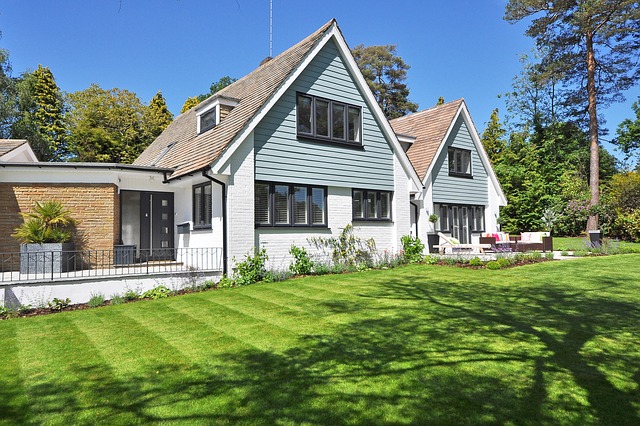Introduction
In the world of real estate, there are various terms and acronyms that can be confusing for those not familiar with the industry. One such term is STR, which stands for Short-Term Rental. In this article, we will delve into what exactly a STR is in real estate and how it differs from other types of rental properties.
Understanding Short-Term Rentals
Definition: A Short-Term Rental refers to the practice of renting out a property for a short period, typically less than 30 days. These rentals are often popular among tourists, business travelers, or individuals seeking temporary accommodation.
Types of Short-Term Rentals: Short-term rentals can come in various forms, including vacation homes, apartments, condominiums, or even individual rooms within a larger property. They can be listed on platforms like Airbnb, VRBO, or HomeAway, where travelers can search for available properties based on their location and specific needs.
Benefits for Property Owners: One of the main advantages of owning a property that can be rented out on a short-term basis is the potential for higher rental income. Short-term rentals often command higher rates compared to traditional long-term leases, especially in popular tourist destinations or during peak seasons. Additionally, property owners have more flexibility in terms of when they can use the property themselves, as they can block off dates for personal use.
Regulations and Challenges: Short-term rentals are subject to regulations that vary from one location to another. Some cities have implemented restrictions or licensing requirements to address concerns such as noise, safety, or the impact on the availability of long-term housing. Property owners interested in engaging in short-term rentals should familiarize themselves with local regulations and ensure compliance to avoid potential legal issues.
Comparison with Long-Term Rentals
Differences in Rental Duration: The primary distinction between short-term rentals and long-term rentals is the duration of the lease. Long-term rentals typically involve leases of six months or more, providing stability and security for both tenants and landlords. Short-term rentals, on the other hand, offer flexibility and are often more transient in nature.
Income Potential: Short-term rentals generally have the potential to generate higher rental income compared to long-term rentals. However, it’s important to consider factors such as seasonality, occupancy rates, and the costs associated with managing and maintaining a short-term rental property.
Management and Maintenance: Managing a short-term rental property can be more demanding compared to a long-term rental. With short-term rentals, there is a need for regular cleaning, restocking of amenities, and handling guest inquiries or issues. Long-term rentals, on the other hand, typically involve less frequent turnover and may require less hands-on management.
Conclusion
In summary, a Short-Term Rental (STR) in real estate refers to the practice of renting out a property for a short period, usually less than 30 days. These rentals offer flexibility and the potential for higher rental income compared to long-term rentals. However, they also come with their own set of challenges, including compliance with local regulations and the need for more hands-on management. Understanding the differences between short-term and long-term rentals is crucial for property owners and investors in the real estate market.
References
– Airbnb: www.airbnb.com
– VRBO: www.vrbo.com
– HomeAway: www.homeaway.com











